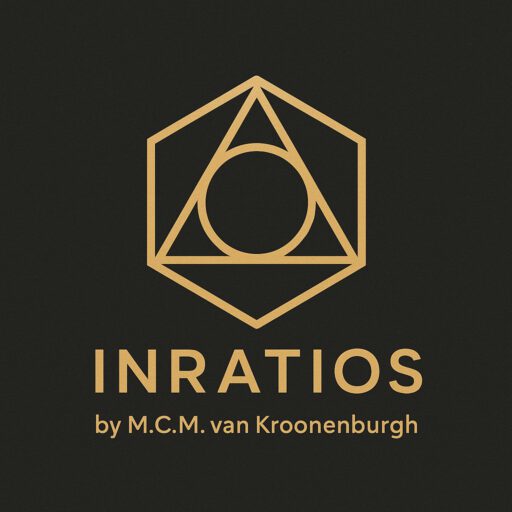Why Would We Need an Alternative to Pi?
A familiar constant, a quiet limitation, and a new way forward.
The elegance and the edge
Let’s begin with respect.
For centuries, π has been one of the most elegant constants in mathematics.
It defines the circle.
It bridges curves and lines.
It appears in the swing of pendulums, the flow of waves, and the very formulas we teach our children.
But there’s something about π that doesn’t quite fit the systems we build today.
In digital environment, where every value must be stored, computed, and compared, π becomes difficult to handle.
Not because it’s wrong, but because it was never meant for finite logic.
It creates tiny gaps: between what we define, and what we can actually use.
And nowhere is that more visible than in how we represent circles.
In classical geometry, we define a circle using π.
But in digital geometry (pixels, voxels, vectors, code) we work within grids, boundaries, and containers.
We don’t calculate infinite curves.
We count, we compare, we segment.
And that’s where π, graceful as it is, starts to fall short.
Not because the circle is flawed.
But because π is the wrong key for a digital geometric lock.
It fits, but it doesn’t turn the mechanism as it should.
So the question we should ask isn’t:
“Can we still use π in a digital world?”
But rather:
“Is there a better way to describe circles—one that works with precision, storage, and visual clarity?”
A proportional lens, not a decimal chase
Let’s take a different path.
Instead of describing a circle from within (using radius, diameter, and π) we start from the outside.
From the shape that contains it.
Imagine a square.
Now inscribe a perfect circle inside.
One that touches all four sides.
What emerges is not a number.
It’s a relationship.
A fixed one.
That circle will always have a fixed ratio of 78.54% of the square’s perimeter and area.
Not estimated. Not derived from radius. Just structure.
And here’s something few of us were taught:
π is not the circle.
It’s only a way to reach it through approximation.
A tool, not the truth.
We’ve used π to calculate what was already visible—perhaps missing the pattern that was right in front of us. That’s the lens GRM offers.
In the Geometric Ratio Model (GRM), we define shapes not by equations,
but by how they relate to a square (in 2D) or cube (in 3D) that fully contains them.
This container becomes a stable frame of reference; dimensionless, repeatable, and digital.
- A circle always has 0.7854 SAU (Square Area Units).
- A sphere always has 0.5236 SVU (Square Volume Units).
- A regular hexagon? 0.8660 SAU.
These aren’t just helpful ratios.
They are defining proportions.
GRM doesn’t convert formulas.
It reframes them.
It replaces estimation with proportion, and abstraction with visual structure.
It’s not a shortcut.
It’s a new standard for measuring shape.
A model built for systems, not just shapes
We’re not replacing π.
We’re complementing it.
Where π expresses mathematical truth through infinity,
GRM expresses digital truth through proportion.
Because digital systems can’t rely on infinity, not when values need to be stored,
compared, and repeated without error.
Structure, clarity, and repeatability aren’t optional.
They’re prerequisites.
So tomorrow, we’ll ask a deeper question:
If geometry is built on curves, why do digital systems rely on boxes?
And what does that tell us about where form and function really meet?
Up next: From Curves to Containers – Measuring with Boundaries
Stay curious.

